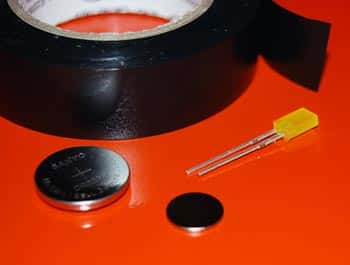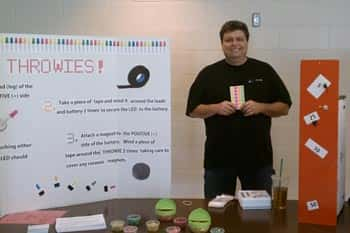Anyone who is trying to sell a house knows that some improvements like adding a new bathroom or a complete kitchen renovation may increase the value of a home however most people might not consider that an investment in solar panels or other renewable energy sources may be another positive investment in their home.
According to a study that was recently published by the National Bureau of Economic Research (NBER), solar photovoltaic (PV) panels added on average between 3 percent and 4 percent to the value of a home. This study, which examined homes in California, suggests that homeowners might fully recover their costs of purchasing and installing solar panels when they sell their home. Since solar panels require very little maintenance and are becoming increasingly more affordable to buy and install, this is another way to increase the resale value and marketability of your home. Some of the most common installations in homes are for water heaters, pool heaters and outdoor lighting. As the technology improves and the cost of solar panels continues to drop, more and more homeowners (and potential buyers!) will be looking for solar energy systems for their homes.


